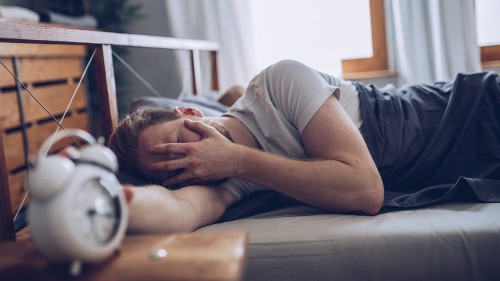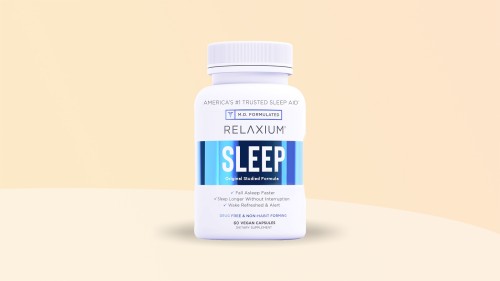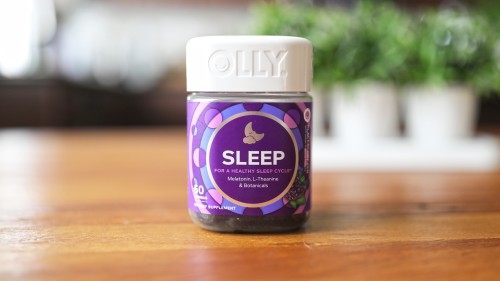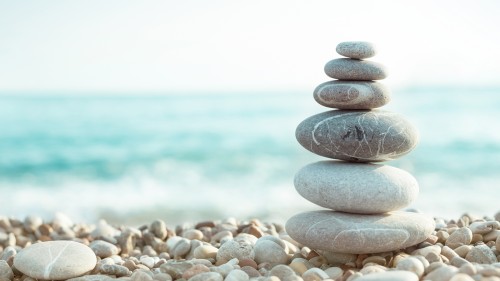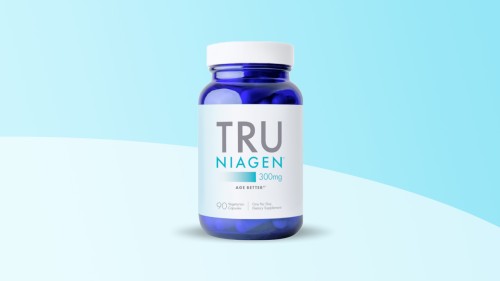Oura Ring Review: Pros, Cons and Is It Worth It?
Last Updated on April 4, 2022
Medically Reviewed by Anthony Dugarte, MD
The Oura ring is a health-tracking device that provides interesting data, particularly for monitoring sleep quality, but otherwise, it is relatively similar to other health trackers.

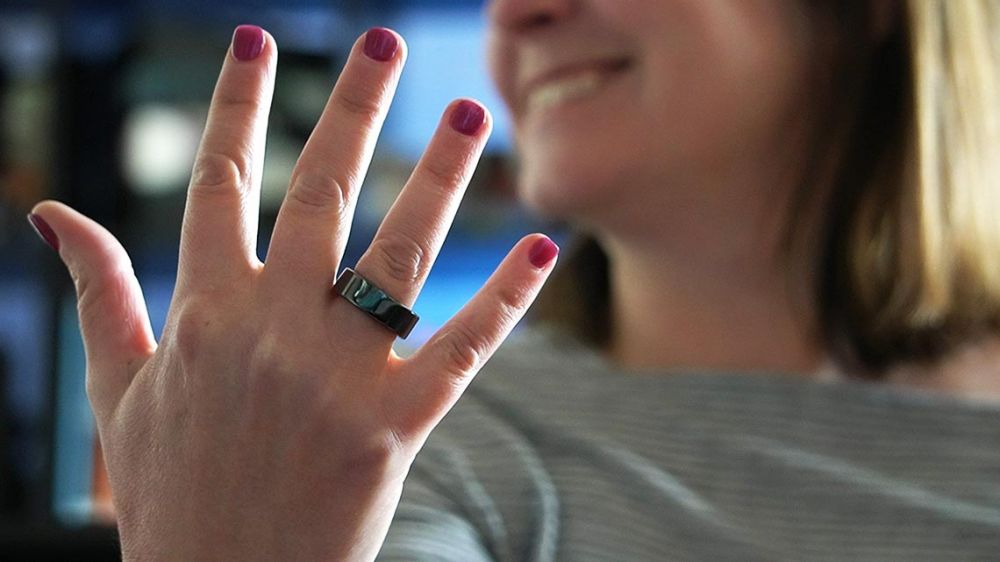
|
Pros
|
Cons
|
Editor’s Note: This review focuses on Oura Ring Gen 2, not the current Gen 3. Although both devices have similar features, they differ in design, tracking capabilities, and user experience.
The Oura Ring is a fitness and lifestyle tracker designed to be worn around your finger instead of around your wrist, like other health monitoring devices.
It has caught the attention of many celebrities, from Jack Dorsey of Twitter to Prince Harry.
The goal of the Oura Ring is to provide continuous access to accurate information about your health and provide personalized guidance based on that information.
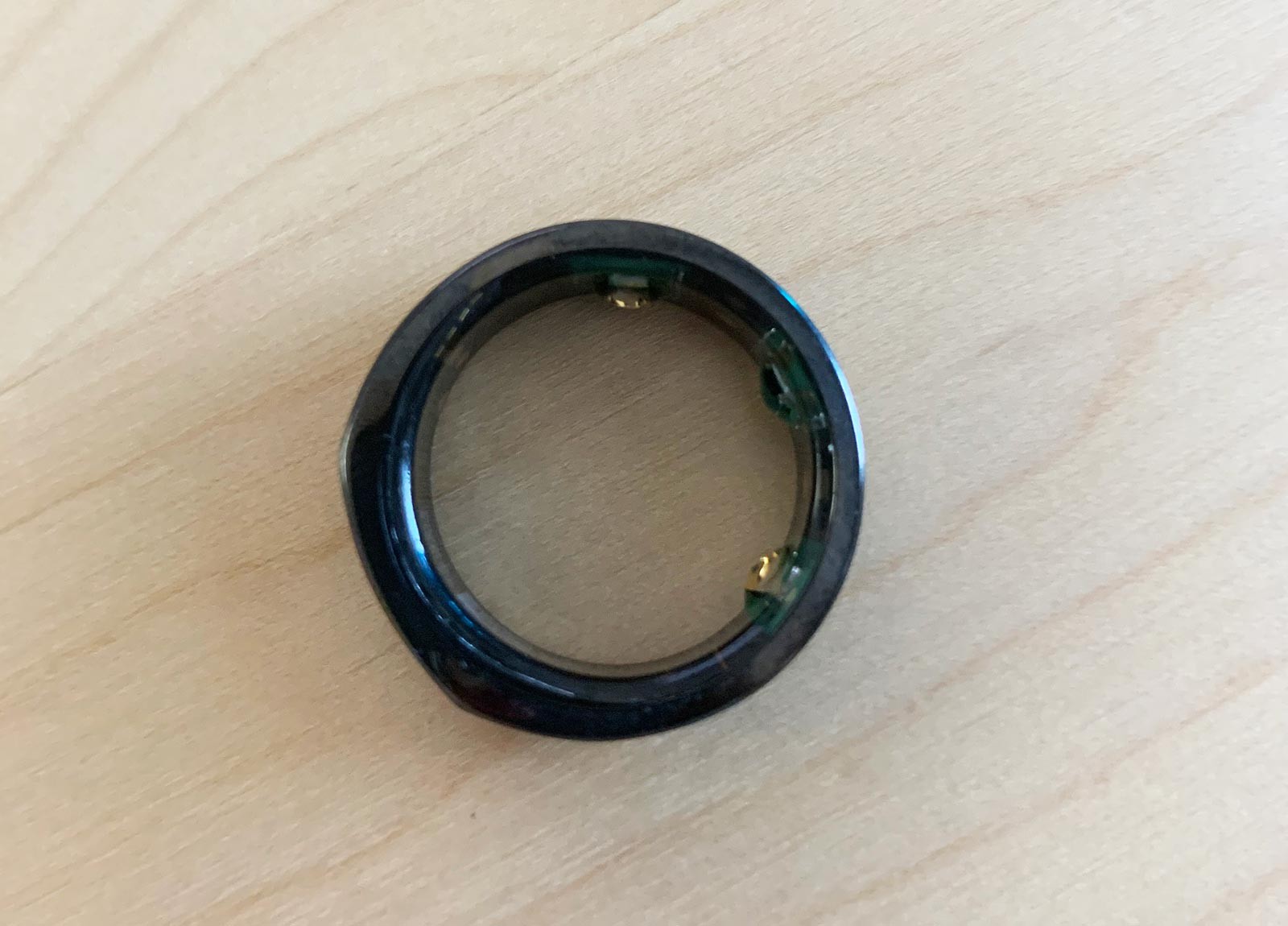
Features and How It Works
The ring measures a few primary health data points to help guide you to improve your overall well-being. The data points are:
- Sleep monitoring. The ring monitors sleep stages throughout the night and provides a personalized sleep score each morning. It also makes recommendations about optimal bedtime and other ways to improve sleep.
- Heart rate and temperature. The ring keeps track of your resting heart rate and body temperature throughout the day.
- Dynamic activity. The ring measures steps, inactive time, and tells you when to push yourself during your workout.
- Readiness score. The ring collects data from your sleep, activity, and lifestyle choices to provide you with a score of how “ready” you are for the day.
- Long-term trends. The app allows you to monitor daily, weekly, and monthly trends to better understand how certain lifestyle choices impact your overall health.
You wear the ring on your finger of choice 24-hours a day. It provides you with three scores daily on a scale of 1 to 100: sleep, activity, and readiness.
It also shows you the different variables that contribute to this score. These allow you to track how you are doing day-to-day.
It takes about two weeks of wear for the ring to evaluate your baseline and begin to find trends.
There are two infrared sensors, two body temperature sensors, an accelerometer, and a gyroscope inside one tiny ring.
The ring gathers the data it needs for the three scores by tracking your respiratory rate, resting heart rate, body temperature, and heart rate variability (HRV).
The HRV is how the ring determines how stressed or overtrained you might be. When your HRV is low, that indicates too much stress, so you need to relax or rest.
To help you destress, there is a meditation function on the app called “Moment” that you can access at any time.
The app also allows you to compare your heart rate, body temperature, and HRV before and after the meditation.
In the app, you can also flag various life events, like eating a heavy meal, drinking alcohol, or other stressful occurrences, so you can see how they impact your body and sleep.
The goal of wearing the ring is to allow you to track information over time, so you can monitor trends and day-to-day habits that impact your rest and performance.
To truly benefit from Oura, you need to wear it for a few weeks, so the ring begins to understand your baseline and can make tailored recommendations.
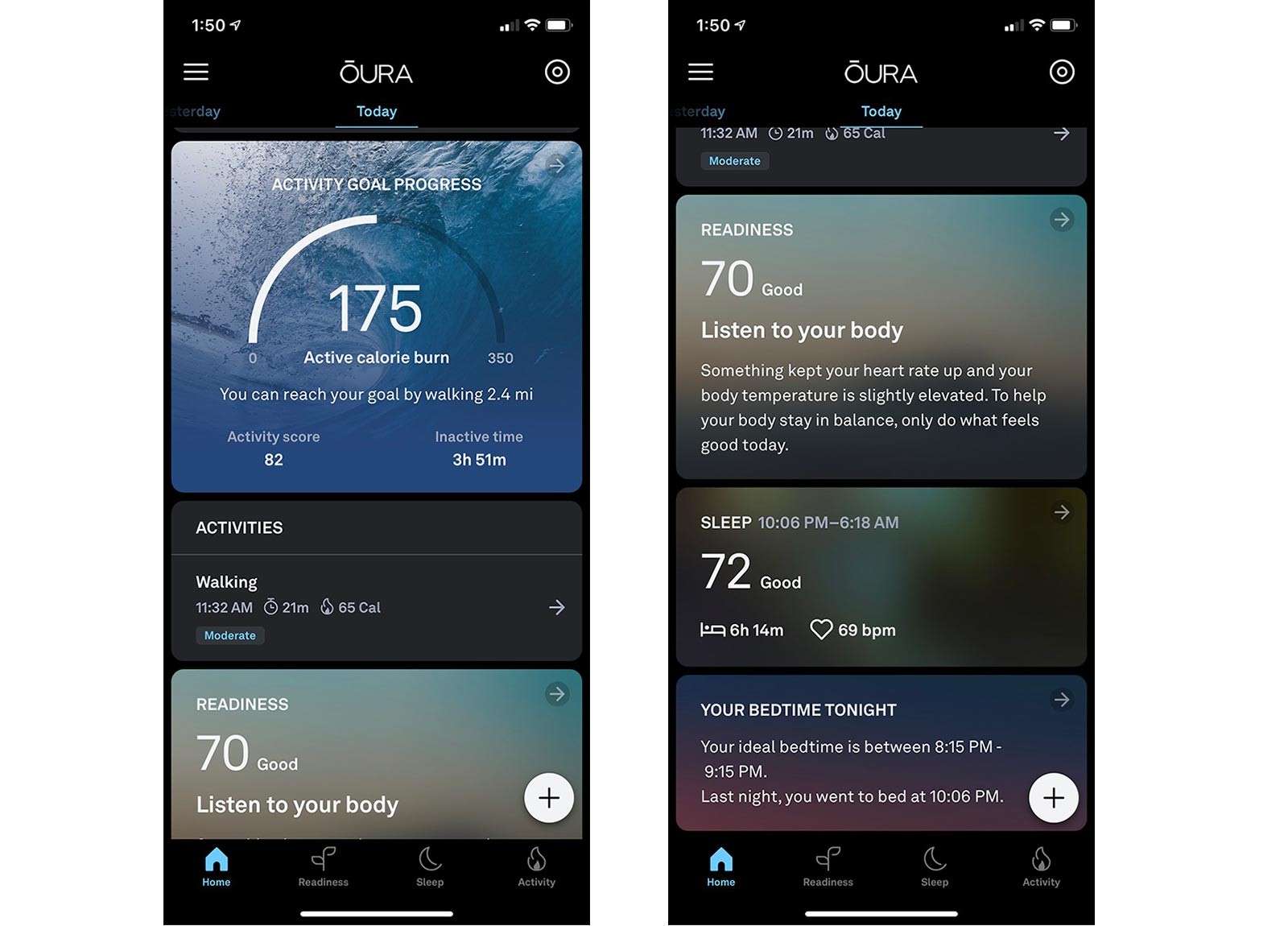
Accuracy of Tracking
During the Covid-19 pandemic, a study found that Oura Ring could predict Covid-19 three days before symptom onset with 90% accuracy. (1)
This led the NBA and WNBA, and other professional sports to purchase rings for their players in hopes that the temperature sensors might help them detect Covid-19 early. (2)
While only a doctor can diagnose Covid-19, being able to predict when you are feeling “off” can help you take steps to support your immune system in healthy ways to help you fight off illness.
Oura has two company-sponsored studies about the accuracy of their product. One of the studies evaluated the accuracy of the sleep tracking function. (3)
The study compared the Oura Ring to the equipment used in a sleep lab and found it to be 66% accurate. This is within the FDA’s requirements for the accuracy of sleep monitoring devices.
The other study found that the heart rate and HRV measurements were between 98–99% accurate when compared to an electrocardiogram. (4)
Overall, there is data to support the device’s accuracy regarding what it is designed to measure.
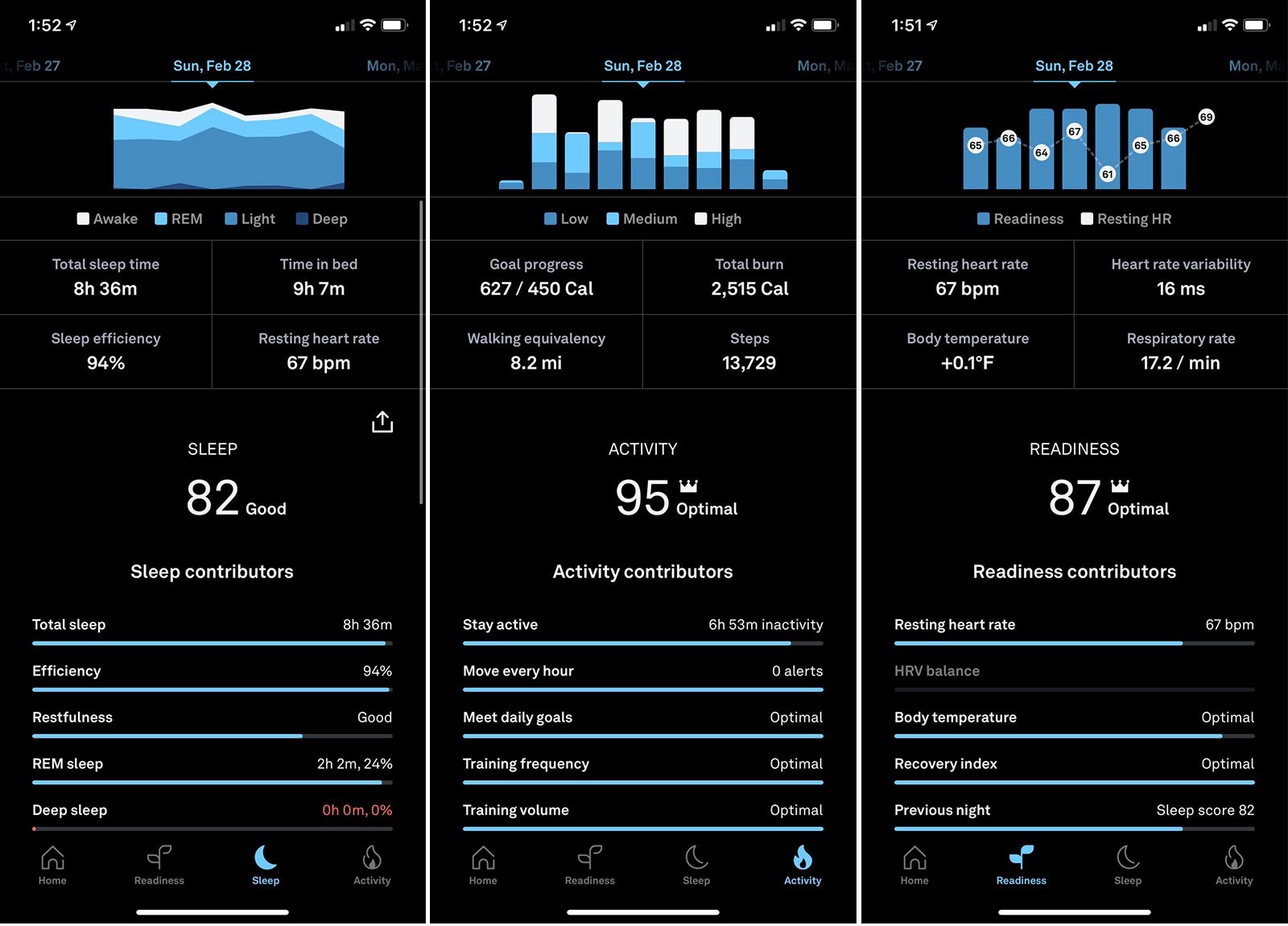
Comfort and Wearability
When you order the ring, you first receive a “sizing kit.” This is a box full of similar plastic rings to help you determine your optimal size.
You are supposed to wear the fake ring for 24 hours as your finger size changes throughout the day.
I ended up sizing up a bit to account for wearing it all the time since it seems my finger changes sizes a lot.
Sometimes it feels a bit loose depending on the time of day, and I will move it to a different finger. I do wish they had 1/2 sizes.
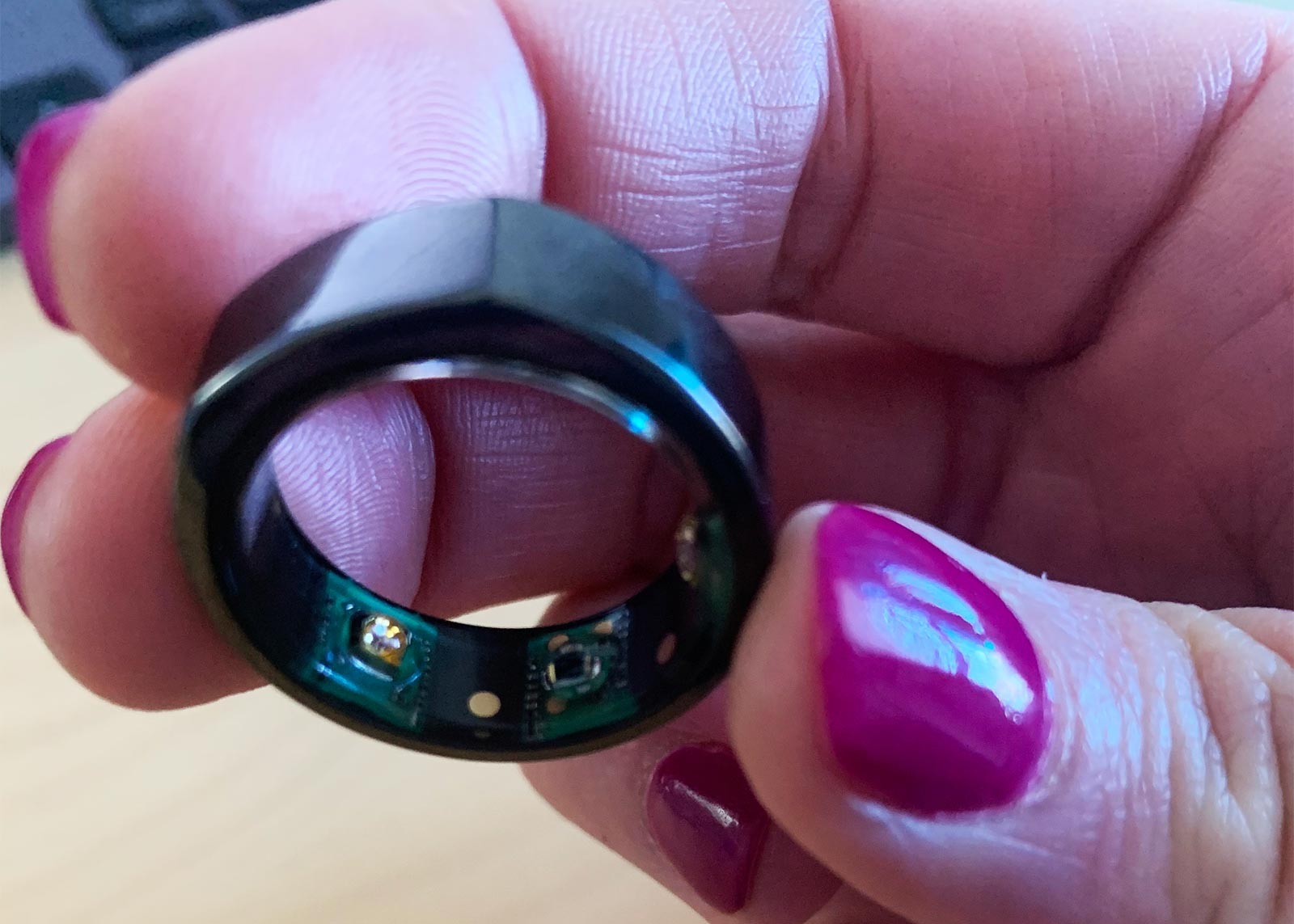
The ring is pretty light. It weighs 4–6 grams depending on the size you need, which is lighter than most normal rings.
This is impressive considering how many different features it has to measure your temperature, heart rate, etc.
My biggest challenge with the ring is that I can’t wear it comfortably during my workouts.
I like to lift weights, and it immediately caused a massive blister on my hand when gripping the weight due to the thickness of the ring.
This was painful, and I ended up removing it during my workouts. In writing this review, I found out you aren’t supposed to wear it while lifting weights anyway.
If you need something to track your workouts, I would recommend a watch instead.
Since I haven’t been wearing it to work out, my Apple watch gathers the physical activity data and connects it to the Oura ring app.
This way, my workouts are being tracked in the Oura Ring app and can be evaluated for my readiness and activity scores.
I like that it is water-resistant up to 100 meters. It can even be used while swimming due to the titanium with a diamond-like coating on the ring.
I have worn it swimming several times, and it doesn’t seem to impact the function of the ring. I also don’t have to worry about taking it off to wash my hands or do the dishes.
The battery lasts up to a week. It can charge fully in 20–80 minutes. I found that putting it on the charger periodically while sitting at my desk was enough to keep it charged.
What I Learned About the Oura Ring After Six Months
I have been wearing the Oura Ring for over six months now. My goal in wearing the ring is to try to evaluate my sleep and exercise recovery. I have been struggling on and off with insomnia and want to sleep better.
Over this time, Oura Ring has been consistently telling me that my deep sleep is lacking – most nights, I get less than 20 minutes of deep sleep.
I am not sure if this is accurate, as I generally wake up feeling refreshed. I would think that if you don’t get enough deep sleep, you will start to feel the effects of that over time.
Frequently, I take naps during the day. The ring tracks the vast majority of the naps as deep sleep.
This makes me curious about the difference between nighttime and naps and why the ring doesn’t pick up deep sleep at night.
As far as sleep and readiness tracking, the ring doesn’t tell me anything I don’t already know. I can physically tell if I have had a bad night’s sleep.
Frequently, Oura thinks I slept better than I actually did. It seems not to be able to differentiate between laying there tossing and turning and actual sleep.
This has made me ignore some of its “readiness” recommendations. For example, I can tell myself if I feel “ready” to workout harder or do something more during the day – the ring isn’t always accurate.
The Oura also recommends that I start going to bed between 8:15 and 9:15 pm. I am usually in bed by 9–9:30 pm, but the ring thought I would be more “ready” for the next day if I went to bed earlier. I think that is too early of a bedtime.
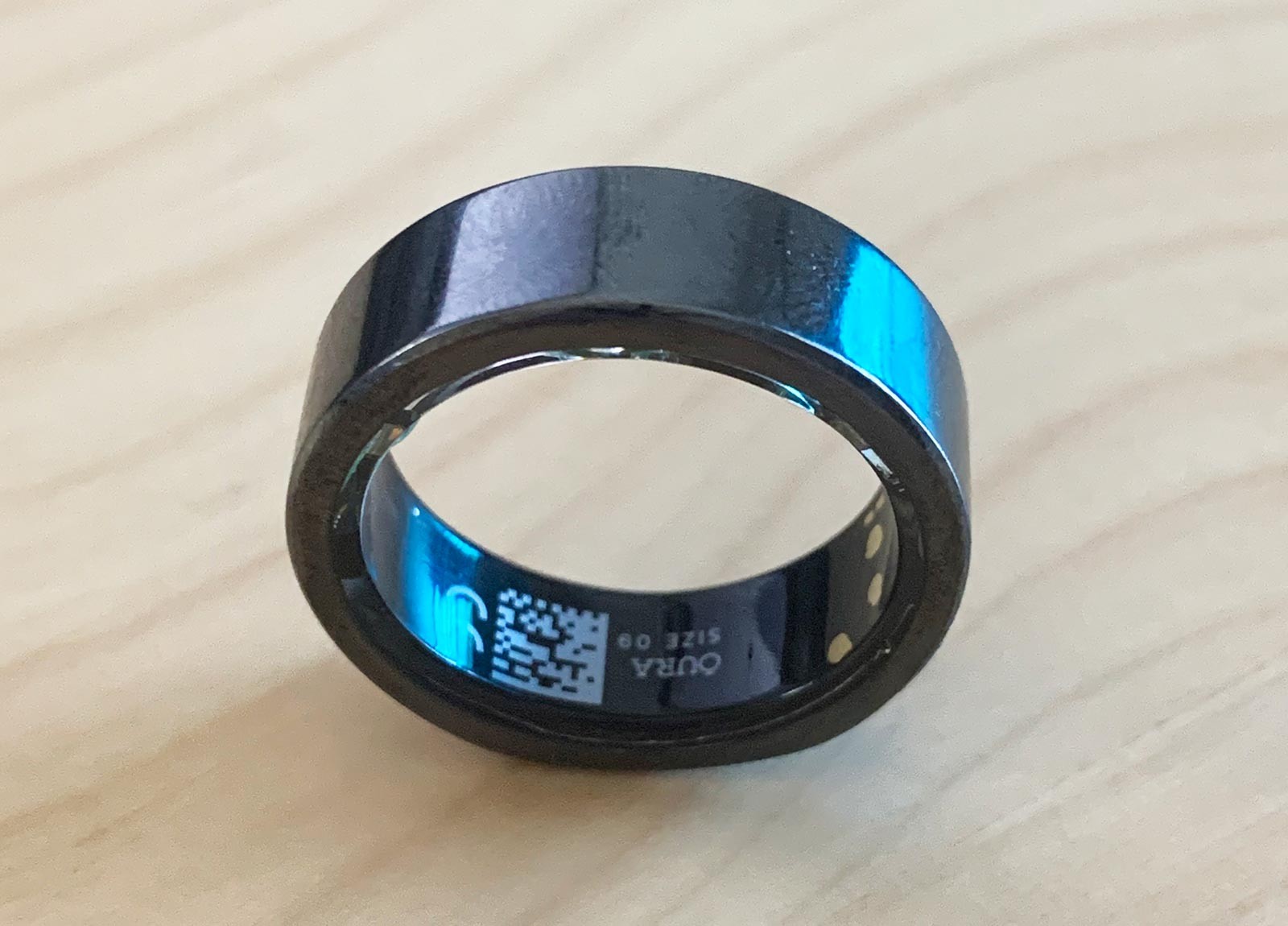
I don’t drink much alcohol these days due to insomnia issues, but when I do, the Oura can tell. It will track a significant spike in heart rate and body temperature.
I went on vacation recently and drank alcohol daily. After day 3, it asked me if I was sick and needed to turn on the sick mode, as my heart rate and body temperature were so elevated from the vacation drinking.
I knew that alcohol impacted my sleep, but it was interesting to see exactly what it did to my body. I guess this is something to consider if you are a regular drinker.
Many of the other reviews I read say that the Oura Ring is helpful for tracking hormonal changes in women’s cycles.
I haven’t noticed any differences in heart rate, temperature, and respiration will change throughout the month along with hormonal shifts.
Cost and Value for the Price
The Oura Ring costs $299–$399, depending on the finish of the ring. There is no additional functionality in the more expensive option.
The ring’s cost is on par with other similar health tracking devices like the Fitbit Sense, which costs $299 and measures skin temperature, stress, and more.
Compared to other devices, the ring is pretty simple to wear, especially at night. Most people don’t want to sleep with a watch on, making the Oura Ring an ideal option for sleep monitoring.
Overall, considering all its features and comparing it to other products, the Oura Ring is a good value for the price.
How Oura Ring Compares
While there are dozens of fitness trackers out there, few are unobtrusive rings.
Ringly is a brand that makes an activity tracker ring, but it doesn’t monitor sleep and other health markers.
Although the Oura does many similar things to other fitness trackers, you probably don’t want to wear most of them while sleeping. This is what makes Oura unique compared to other products on the market.
The Bottom Line
The Oura ring is an exciting tracker for people who want to “optimize” their health.
It can help guide you towards improving your sleep, one of the most neglected aspects of health.
If anything, it makes you more aware of your sleep quality and how a few nights of bad sleep can really have an impact on your health.
While it can sync with other health devices, not being able to wear it during certain types of workouts, like lifting weights, is one of its main downsides. You still have to have a smartwatch or other tracker if you want to lift weights.
Overall, the Oura Ring is a stylish option for a health and wellness tracker. It can help provide an excellent starting point for ways to improve your sleep, recovery, and overall health.
Additional Things to Consider
The Oura Ring is an accurate and non-obtrusive way to learn about your body’s patterns, especially if you want to optimize your sleep and recovery.
In addition, if you are looking for better sleep, there are several things you can do:
- Go to bed and wake up at the same time every day.
- Turn down the lights at least 30 minutes before bed.
- Be physically active for 30 minutes daily.
- Avoid alcohol and tobacco.
- Drink caffeine moderately and before noon.
- Actively manage your stress.
Dig Deeper: 10 Evidence-Based Tips for Sleeping Better at Night
At WellnessVerge, we only use reputable sources, including peer-reviewed medical journals and well-respected academic institutions.
- WVU Rockefeller Neuroscience Institute announces capability to predict COVID-19 related symptoms up to three days in advance:
https://wvumedicine.org/news/article/wvu-rockefeller-neuroscience-institute-announces-capability-to-predict-covid-19-related-symptoms-up-/ - Tech That Could Help Pro Sports Adapt to the Pandemic:
https://www.wired.com/story/tech-that-could-help-pro-sports-adapt-to-the-pandemic/ - Sleep Lab validation of a wellness ring in detecting sleep patterns based on photoplethysmogram, actigraphy and body temperature:
https://d1a0efioav7lro.cloudfront.net/wp-content/uploads/2018/10/23112923/Validity-of-the-OURA-Ring-in-determining-Sleep-Quantity-and-Quality-2016.pdf - The HRV of the Ring – Comparison of nocturnal HR and HRV between the ŌURA ring and ECG:
https://d1a0efioav7lro.cloudfront.net/wp-content/uploads/2018/10/23112753/The-HRV-of-the-Ring-Comparison-of-OURA-Ring-to-ECG.pdf

